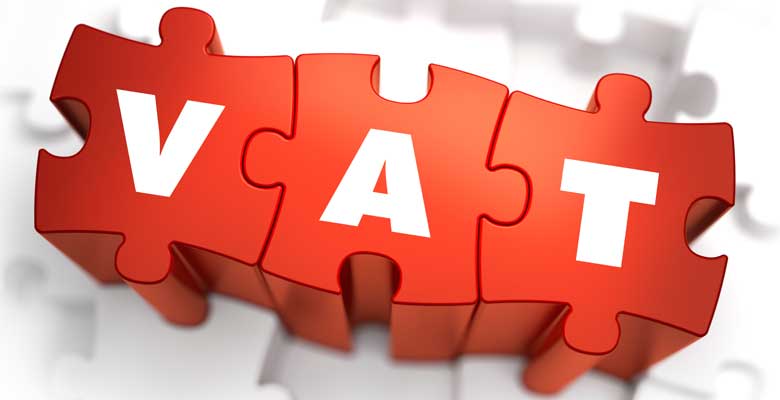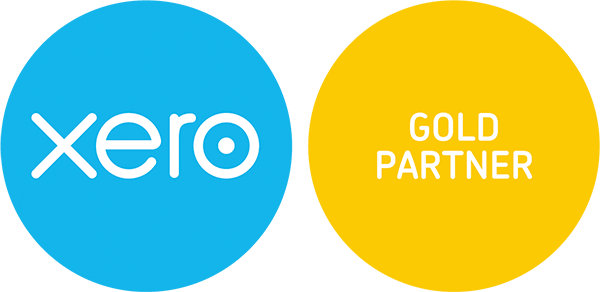Are you ready for Making Tax Digital for VAT?
What is Making Tax Digital for VAT?
Making Tax Digital for VAT is perhaps the most significant change to VAT law in recent history and reflects the government’s commitment to ‘the digital revolution’ and ‘to transform tax administration so it is more effective, efficient and easier for taxpayers’.
From April 1 2019, VAT registered businesses with a taxable turnover above the VAT threshold of £85,000 will need to keep digital VAT records and to submit their VAT returns using Making Tax Digital compatible software.
Under the new rules, businesses will be legally required for the first time to maintain digital VAT records using software and applications such as XERO, QuickBooks and Excel.
They will also be required to prepare their VAT Returns using software that can interface with HMRC’s systems (directly or via bridging software) and submit their returns automatically.
From April 1 2020, these requirements will be extended and businesses will need to ensure all key software used in the preparation of their VAT Returns is digitally linked and that data is only transferred between these applications electronically.
(And, in case you’re wondering, cut and paste will not constitute an acceptable link!)
How will Making Tax Digital for VAT impact my business?
Making Tax Digital for VAT aims to help HMRC reduce the tax gap (i.e. the tax that HMRC believes it is failing to collect) by requiring VAT registered businesses to use modern, integrated digital systems and create an interface with HMRC’s own systems via its API platform.
Its impact on your business will depend on how far away you are from this ideal and is best explained by some examples that consider some of the more common ways in which businesses currently seek to fulfill their VAT related responsibilities:
Example 1 – Business uses modern accounting software such as XERO. No spreadsheets or other software
Making Tax Digital for VAT should only slightly impact businesses which simply use a modern accounting package to fulfill their VAT responsibilities and do not rely on any other software, applications or spreadsheets.
These businesses are already maintaining digital records, and the suppliers of major accounting packages are working hard to ensure their software can interface directly with HMRC’s systems via its API platform.
Example 2 – Business uses an accounting package such as XERO and a spreadsheet
Things will be more complicated for the many businesses which use a modern accounting package, but which transfer data from this into an Excel spreadsheet which is used to make adjustments and prepare the figures for their VAT Returns.
From April 2019, these businesses will need to ensure that their spreadsheet is digitally linked to HMRC’s systems (most likely via bridging software). And, from April 2020, they will need to ensure that a digital link exists between their accounting package and spreadsheet.
Example 3 – Business relies on multiple spreadsheets. No modern accounting package
For the many smaller businesses that rely entirely on a spreadsheet solution, things will be more challenging.
Similar to example 2, from April 2019, these businesses will need to ensure their primary VAT Return spreadsheet is digitally linked to HMRC’s systems. However, from April 2020, they will also need to ensure that satisfactory digital links exist between all their key spreadsheets.
(It is difficult to see how in practice these businesses will be able to continue to depend on a spreadsheet solution and not move to an accounting package!)
What do I need to do?
In a word, plan. You need to get a plan in place which set-outs what Making Tax Digital for VAT means for your business and the actions you are going to take to deal with the new rules.
Remember, April 2019 is not far away, and if you maintain manual records you now have just seven months to get a digital solution in place.
By April 2020, you will need to have ensured that all your key software is digitally linked which in practice may actually demand you implement new processes and systems.
So, there you have it: Making Tax Digital for VAT in a nutshell. If you need help understanding how it will impact your business give us a call on 01225 585 756 or email Stuart at [email protected]. We’d love to help.





